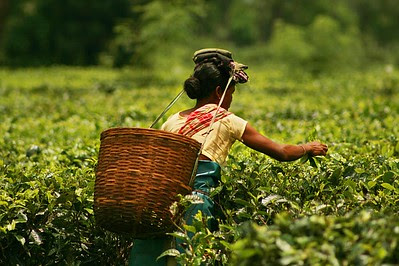The North East India region
has great potential to develop not just as a self-sustaining economic unit of
India but also contribute to the success story of the country.
The economy of North- East India has got its definite identity due to its peculiar physical, economic and socio-cultural characteristics. This region consists of eight states viz., Assam, Arunachal Pradesh, Manipur, Meghalaya, Mizoram, Nagaland, and Tripura, Sikkim.
The North East India region of India covers an area of 2.62 lakh sq. km.
It accounts for 7.9% of the total geographical area of the country and has
Economic Potential of North East India
- North East India is strategically located for foreign and domestic investors to tap the vast contiguous markets of Myanmar, China, Malaysia, Thailand, Singapore, Philippines, Indonesia and other East and Southeast Asian countries.
- A region with very high literacy rate (over 70 %), and a large number of people fluent in English. A strong potential for growth of information technology-enabled services.
- Very Attractive fiscal package, subsidies on capital investment, transport and working capital.
- Unparalleled Tourist Attractions: Wildlife sanctuaries, adventure tourism, eco-tourism, hill stations, lakes, historical heritage-the Northeast has it all.
- The region has 7 percent of the country’s total land space and 3.7 percent of the country’s population. A distinct demographic edge over the rest of the country.
- An emerging market of 400 million people, including the neighboring nations of Bangladesh, Myanmar, Bhutan and Nepal. Potential to be India’s powerhouse.
- The region has hydropower potential estimated at nearly 50,000 MW, natural gas reserves of 190 billion cubic meters, coal reserves of over 900 million tonnes and oil reserves of over 500 million tonnes.
- Large Mineral Resources including limestone reserves of around 5000 million tonnes and a forest cover which is 25 percent of the country’s forest area.
- Phenomenal bio-diversity – forest wealth, agro base, fruits and vegetables, herbs, aromatic plants, exotic flowers, other flora and fauna.
- A large variety of agricultural produce –rice, maize, millets, sugarcane, jute, cotton, rubber, tea, mustard, grapes, guava, coconut, coffee, apples, pineapples, passion fruit, walnut, brinjal and a vast range of fruits and vegetables.

